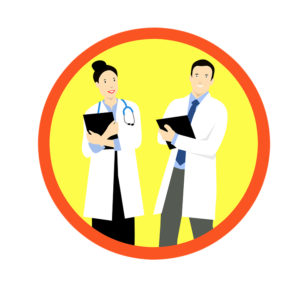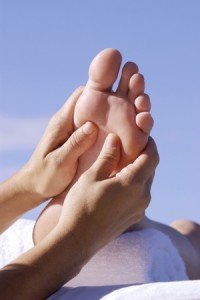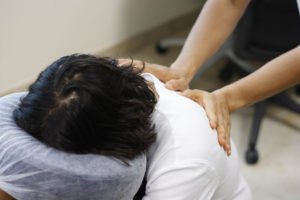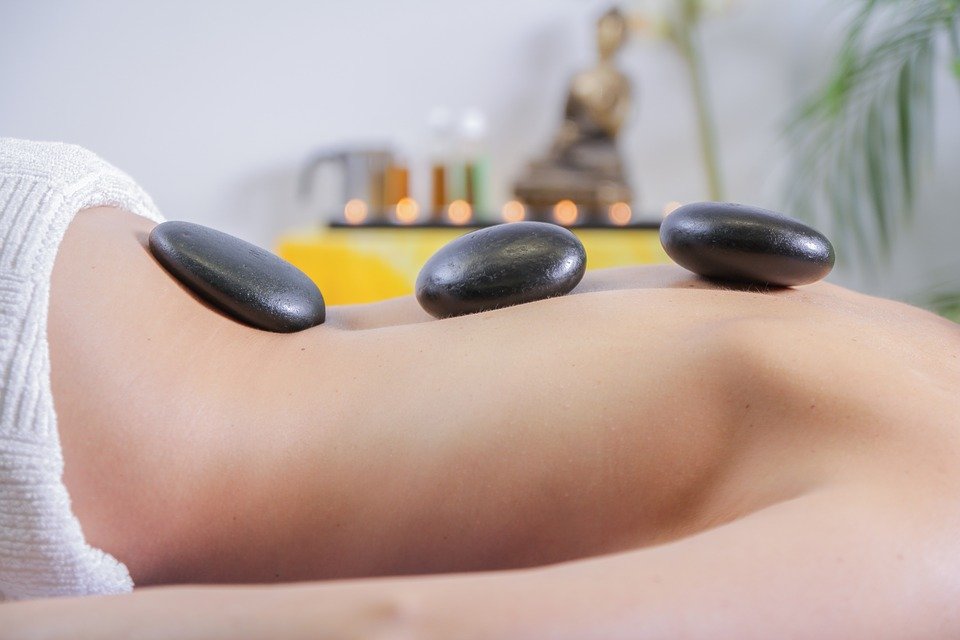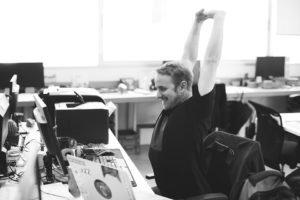It is no secret that Customer Service Representatives have a very hard job. Their job becomes even tougher during busy times of the year like the holidays and summer vacations. Customer Service is one type of job where the emotional strain outweighs the physical demands on the body. Even though retail customer service workers can be seen running around stores helping needy customers, it still doesn’t compare to the “emotional labor” involved. The same goes for call center workers other types of customer service reps.
Customer Service is one type of job where the emotional strain outweighs the physical demands on the body. Even though retail customer service workers can be seen running around stores helping needy customers, it still doesn’t compare to the “emotional labor” involved. The same goes for call center workers other types of customer service reps.
Emotional labor is a term coined by Arlie Hochschild’s in her book The Managed Heart. It refers to the effort a person must put forth in order to exude an emotion that they are not necessarily feeling at the time. We have all experienced this from time time in our daily lives. Can you imagine having to do this every day while people are complaining to you? It’s exhausting just thinking about it.
Customer Service Representatives are suppose to seem happy all the time.
Being happy, helpful and smiley all the time at your job really just isn’t practical. We are only human after all. According to Jeff Toister, an author and trainer who is passionate about customer service, there are a few reasons that make customer service really hard:
#1. It does not come natural. Who would naturally be pleasant to someone who is yelling at them? Flight or Fight instincts kick in and we have to work really hard to overcome our natural tendencies to defend ourselves.
#2. Our perspectives are different. People perceive situations differently, as well at the importance of problems and issues. Something that might ruin one person’s day is just standard every day occurrences for someone else. Empathy plays a large role in being good at customer service.
#3. It’s sometimes hard to be friendly. It just is. The worse you feel, or tired, or stressed, or even hungry, the harder is to be friendly and cater to other peoples’ needs.
#4. Multitasking really isn’t a thing. People refer to multitasking all the time, but as humans, we aren’t good it at. It’s true. Sorry. We can only process one conscious thought at a time. When we try to do too many things at once, which is often required for Customer Service Representatives, our brains want to shut down in protest.
#5. Directed Attention Fatigue. Have you ever heard of this term? You have most definitely experienced it even if you didn’t have a name for it. Chronic multitasking causes it by overusing the part of our brain that focuses attention. If you had to read that sentence twice, you might be suffering from it. Some of the symptoms include:
- Getting distracted easily
- Irritability
- Impatience
- Indecisiveness
- Difficulty starting and finishing tasks
How Can Massage Help Customer Service Representatives?
Massage therapy is not just physical therapy. It provides emotional support and help as well. When we take time to slow down, focus on ourselves, relax, and rejuvenate, we feel better. The uplifting effects of a massage can last for days. Massage therapy also promotes better sleep and concentration–two more things that will help you with your customer service job.
Related: What are the more popular massage therapy services?
When we are emotionally (or physically) stressed we tend to hold tension in the body. Common areas are the neck, shoulders, and lower back. Some people also grind or clench their jaw during the day or in their sleep. This can result in chronic or debilitation headaches.
If you work in customer service (or know someone who does) we encourage you to seek regular massage–especially during busy times of the year. You will be able to maintain a good attitude despite difficult customers. Your bosses, managers and the company will benefit from it and so will everyone around you.
Book a massage today and spend some time unwinding. You deserve it!
Call 517-898-2899 or book online.









